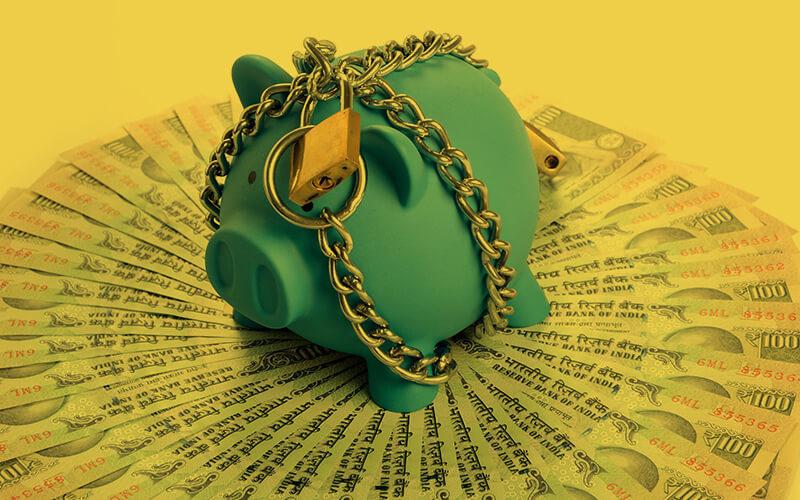The Reserve Bank of India (RBI) began raising the repo rates in May 2022 in an effort to reduce inflation. Thus, the FD interest rates in India have increased significantly. Since then, interest rates have increased overall by 2.25% as a result of regular repo rate hikes. However, there are now indications that the momentum for rate hikes has begun to fade. Rising interest rates are good news for investors in fixed-income securities. Now investors can’t decide whether to book their long-term FDs or wait for the rates to grow even further. You must have information on the most effective ways to manage your fixed deposit (FD) investment. The knowledge of the expected direction the interest rate will follow is also essential.
It is still possible that the FD interest rates in India will rise again in the future. Therefore, investors can come to regret it if they book or begin a long-term FD today and the interest rates rise after that. On the other side, they run the danger of missing out on the current high rate if they wait longer for the rates to peak. It might not happen. Therefore, investors must first grasp the current position of interest rates and their expected movement to develop the best plan for their FD investment and calculator for FD for interest rate calculation.
Many experts believe that the current cycle of rate hikes has nearly reached its peak in terms of interest rates. A reliable indicator of the long-term interest rate’s expected direction is the movement of the 10-year G-sec yield curve. According to current reports, domestic interest rates are likely to reach their peak shortly. The 1-year to 10-year G-sec yields are trading in a constrained range of 6.75%-7.35%, flattening the yield curve in India.
It is possible that interest rates will increase a little bit more in the future. Experts say that global markets are relying on the possibility of a halt in interest rate increases. But neither inflation nor employment data point in that direction. The stability and aspirations of a reduction seem far-fetched at this time.
FD rates could see modest increases for a few more months:
The policy rates are probably closer to their high. But, it will take some time before these increases are reflected in FD interest rates in India. Lenders quickly pass on the rising interest rate to their borrowers, whereas deposit rates are raised more slowly. The probable increases in the upcoming months may not be particularly significant. Experts concur that most of the interest rate increase in the policy rate has already been completed and delivered into the FD rates.
Only certain tenure options close to three years have the highest rate:
Although financial institutions have increased their FD rates, their long-term FD rates have yet to keep up with this transmission. The majority of them give the highest rate for FDs of two to three years.
A greater rate may be offered for longer-term FD tenures, such as 5 years or more, depending on how stable the high-interest rate environment is. FDs will face stiff competition from higher interest rates on shorter-term modest savings plans if the high-interest rate environment persists for an extended period. That might also force financial institutions to increase interest rates on longer-term FDs.
Not just FDs, provident funds also faced a hike in interest rates. You can watch the interest rate hike of the provident fund online.
What should you do with your FDs?
Use the partial surplus to make an FD reservation- Waiting for the interest rate to peak is dangerous. You can split your investable fund into three equal portions because interest rates have dramatically increased. Invest the first portion now and wait six months before booking an FD with the second portion. Then invest the third portion during the year-end period. Use the second and third halves of the fund for short-term FDs of 6 months and 11 months, respectively. Investing in this manner is an excellent idea until you invest them in longer-term FDs at greater rates.
Create a 3-year FD ladder- Making an FD ladder with a 3-year maturity profile can provide a greater return. Numerous financial institutions are currently paying their top rates for terms of 3 years. Divide your investable surplus once more into three equal portions for this. The first portion should be invested for a year, the second for two years, and the third for three years. When the first FD matures after a year, invest it for three years. When the second FD matures after two years, invest it for three years as well. Your FDs will then mature annually and be available for three years of reinvestment.






